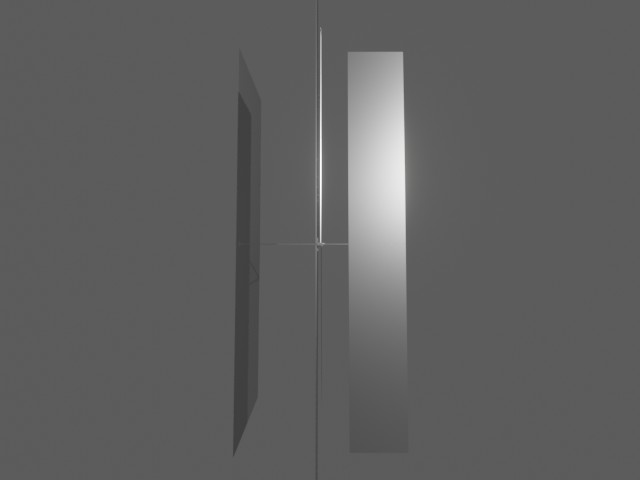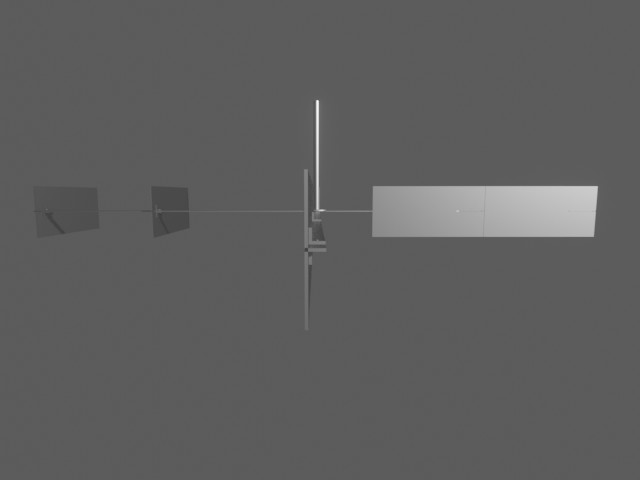Around 1997 I came up with an idea for a new type of wind turbine based on simple mechanics and parts that I thought would be a good way to generate electricity. I built a simple model using balsa wood and placed it in a light breeze and to my delight watched it spin. After thinking through all the applications of the design I realized it would make a perfect hydroelectric turbine that could generate electricity for anyone that was near moving water.
How it Works
The mechanics are pretty simple. When the water (or wind) pushes on one side, the blades close automatically providing a surface for the wind to push on. On the other side the pressure causes the blades to open, providing very little drag. This creates unequal forces on the axis and causes the assembly to rotate.
Regardless of the direction of flow the blades automatically swivel and produce rotation in the same direction. This means the turbine can also be used in places where the water can flow in multiple directions like tides or waves.
The construction of the blades is very simple and requires basic material and tools to produce, which means it can be manufactured in any part of the world. The material can be low cost aluminum, stainless steel or even hardwoods.
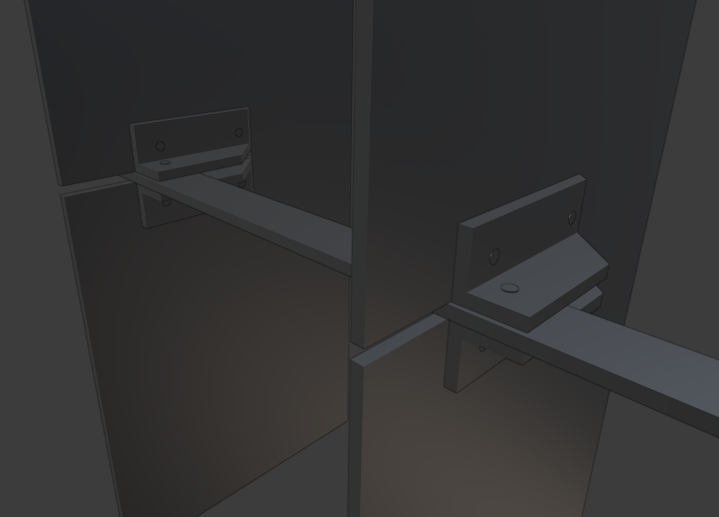
The blade assembly can be attached to a range of electric generators providing a economic and practical solution for power generation.
Dimensions
Another feature of the design is it can be scaled for different applications. It can be made wide and low or tall and narrow. The efficiencies change of course but it’s not always about what’s most efficient, especially in developing countries where access to any electricity is a significant improvement.
The number of blades is configurable based on the specific installation and fluid flow. For a single direction flow the blades can be wide and only need one or two. When the water is flowing back and forth quickly a shorter and more blades are necessary so they can close quickly between cycles.
Installations
Creeks and Rivers
For small creeks and rivers a single unit could be mounted within a protective frame and placed in the flow of water.
For larger rivers and channels a floating barge can be assembled with multiple units beneath the barge connecting to generators above the water line. The barge would be tethered to the banks keeping it in place.
Inlets and Channels
Similar to a river installation, a barge could be secured to the bottom or side of an inlet or channel where the tide moves in and out of the waterway. Electricity would be generated as the tide moves in and out.
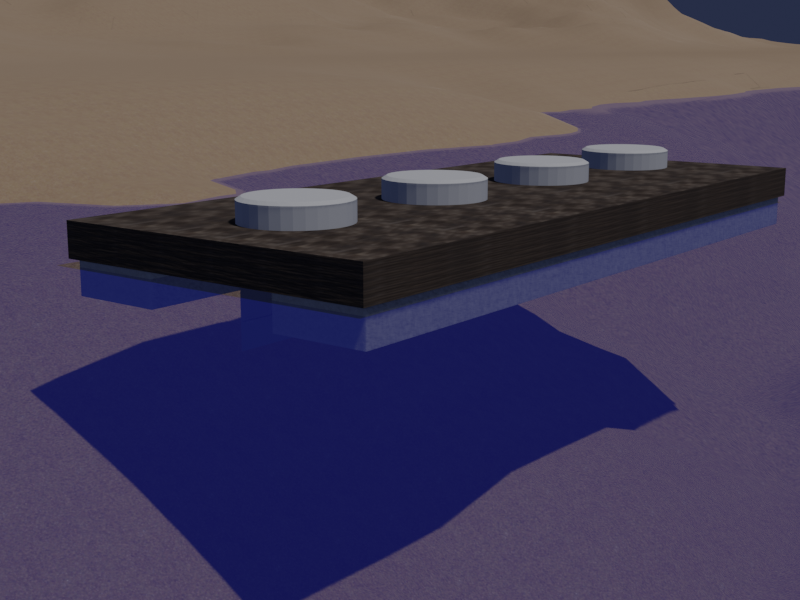
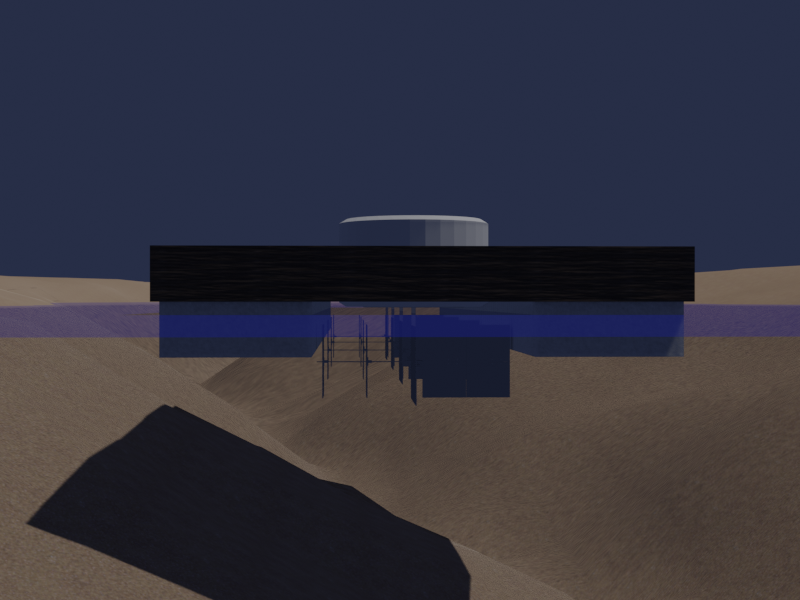
Beaches
Submerged nacelles or floating pier systems can use the motion of the waves to generate electricity.
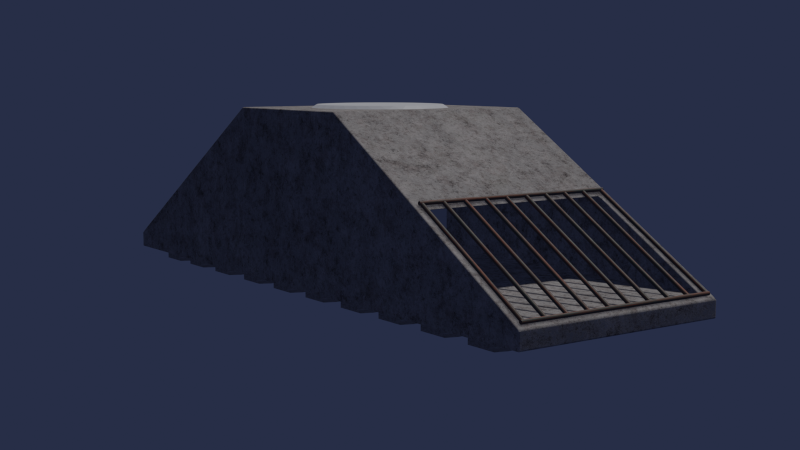
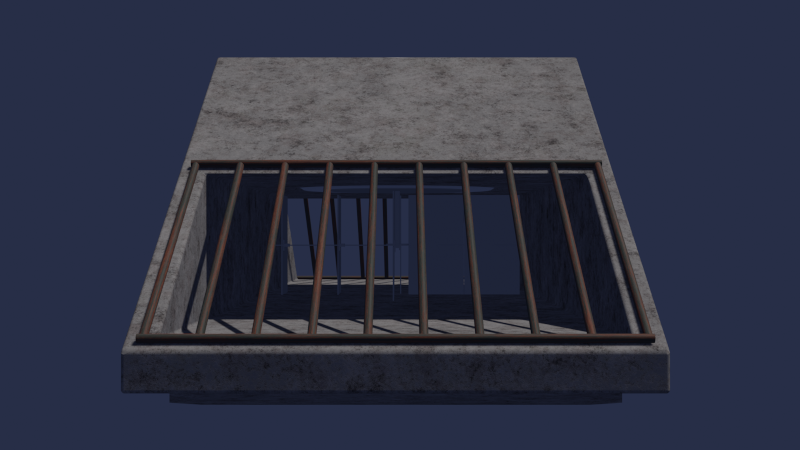
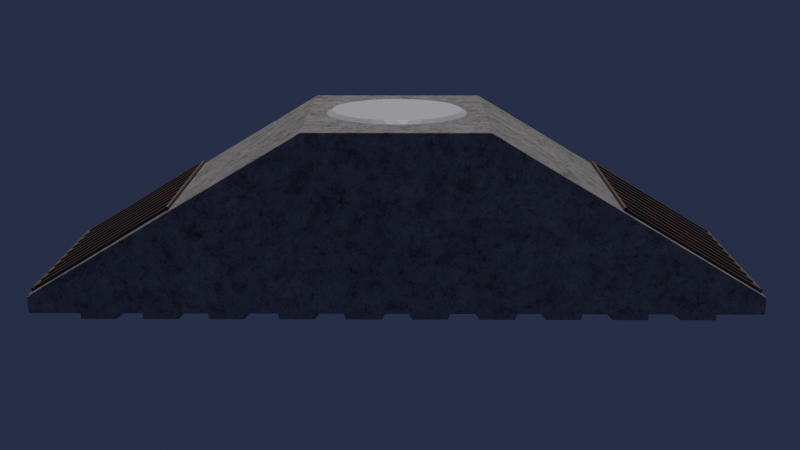
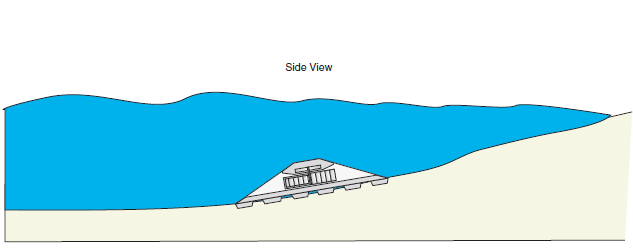
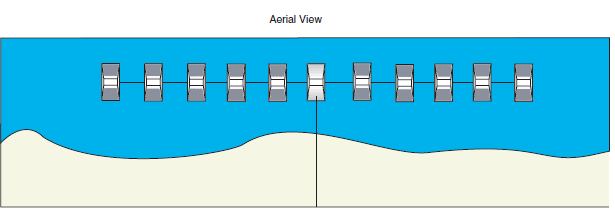
Coastlines
Underwater walls of units could be assembled to capture the tidal forces from coastlines without the visual disturbance of above water went turbines. Unlike wind, tides are a constant and reliable source of energy.
Eco Friendly
Wildlife
Because the blades rotate on the vertical axis they are far less likely to harm wildlife than horizontal axis blades. Standard wind turbines have blades moving vertically that can intersect with birds moving horizontally at speeds that can cause damage and death. Because a majority of the VAST blade’s movement is either moving forward with the water/air or perpendicular, it reduces the changes for collisions with the wildlife. It is also easier to have a cage surrounding the turbine protecting the larger wildlife from colliding with the blades.
Carbon Emission
Because the blade assembly requires far less manufacturing to produce it has a smaller carbon footprint than standard wind turbines.
